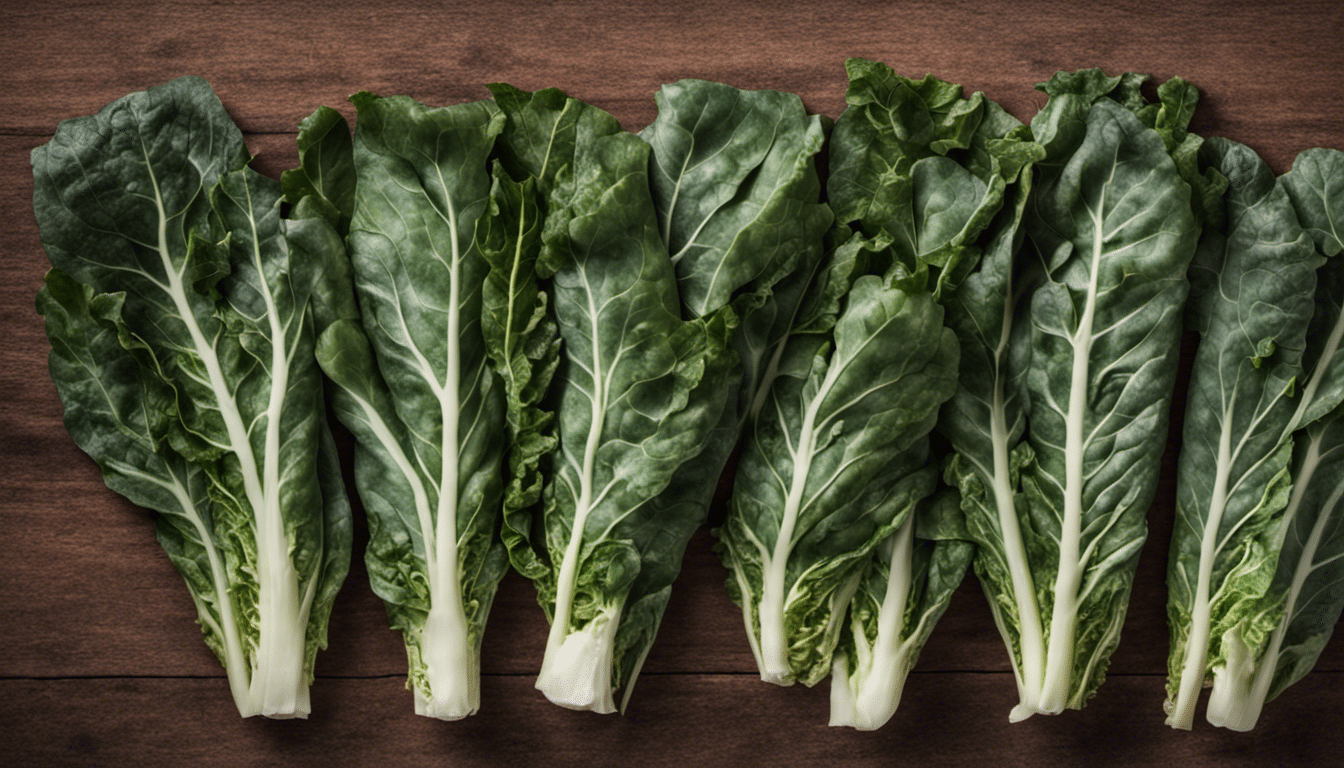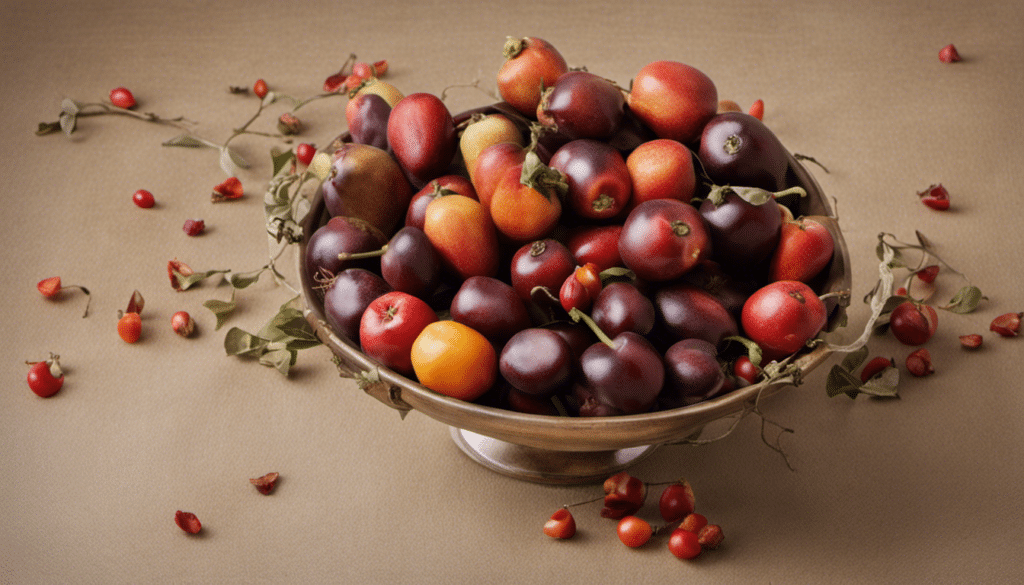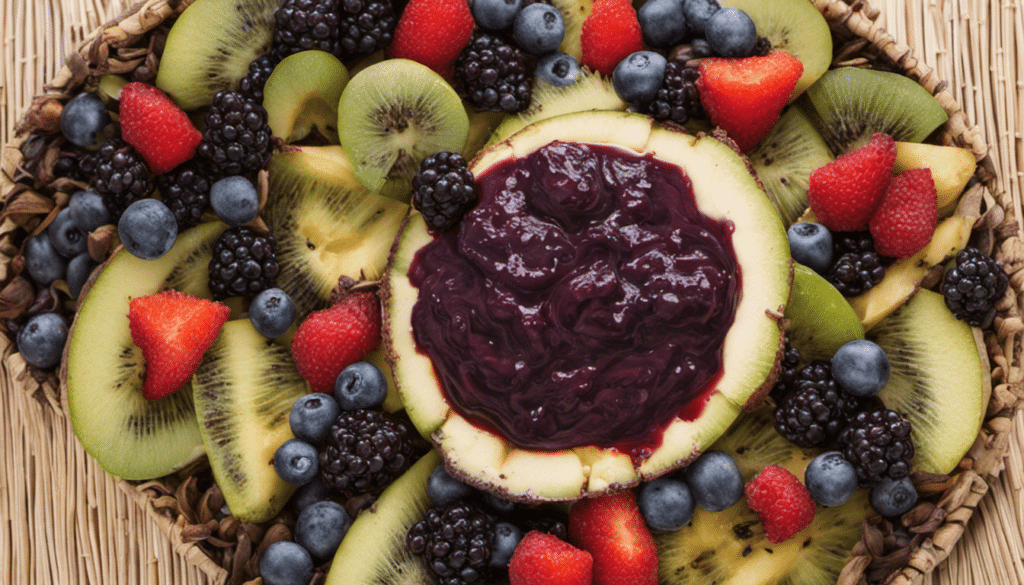All About Collard Greens
If you’re into southern cuisine, you’ve probably enjoyed collard greens—a staple side dish rich in flavor and teeming with nutrients. They not only make a delectable addition to your meals but also offer a wealth of health benefits that make them all the more appetizing.
A Brief History
Looking into the history of collard greens, it’s evident that they have been nourishing us for centuries. This humble vegetable has roots (pardon the pun) dating back to prehistoric times. The Ancient Greeks and Romans adored it for its medicinal qualities, and it was widely popular across Europe until the Middle Ages. Around the 17th century, collard greens made their entrance into North America, brought over by European settlers. They were quickly embraced by Native Americans and then became a staple in the southern United States, where they have retained their popularity until today. You can find more about their history here.
Health Benefits
You’d be surprised to learn about the bounty of nutritional benefits that collard greens pack into their leafy layers. First and foremost, they’re a powerhouse of vitamins. Topping the charts with vitamin K content, collard greens also boast high amounts of vitamins A, C, and B6. Vitamins K and A are crucial for blood clotting and eye health, respectively, while vitamin C is a potent antioxidant and vitamin B6 aids in brain development and function.
Collard greens don’t fall short when it comes to minerals either. They’re abundant in calcium, iron, and magnesium. Calcium benefits our bones and teeth, iron fosters red blood cell production, and magnesium ensures proper nerve and muscle function.
Further benefits of collard greens include dietary fiber, which aids digestion and makes you feel fuller, reducing the temptation to snack on unhealthy foods. Their antioxidant properties help protect the body’s cells from damaging free radicals, and numerous studies suggest they may even regulate cholesterol levels source. Furthermore, they contain phytonutrients, which, research suggests, may protect us against several ailments, including certain types of cancer source.
Summing up, the humble collard green seems to be as much a medicine as a food, nurturing our bodies with a wealth of health-enhancing nutrients.
How to Incorporate Collard Greens into Your Diet
There are countless ways to include collard greens in your meals. They can be sauteed, braised, or steamed and make a perfect side-dish for a range of meat and fish dishes. Alternatively, they can serve as a nutritious ingredient for soups, stews, and salads.
Despite their association with slow-cooked, calorific southern cuisine, don’t be fooled. Collard greens can fit perfectly into a healthy meal plan. Accompanied by other nutritious ingredients, they contribute to a balanced, varied diet.
In conclusion, whether you’re a long-time lover of collard greens or you’ve yet to discover their charm, there’s no denying the immense health benefits they possess. Remember, the key to a nutritious diet is diversity, and these nutrient-rich leafy greens will surely bring both variety and flavor to your meals.
Collard greens Recipe Ideas
- Collard Greens with Bacon
- Vegetarian Collard Greens Soup
- Southern-Style Collard Greens
- Collard Greens Salad with Ginger and Spicy Seed Brittle
- Collard Greens and White Bean Stew
- Collard Greens Smoothie with Banana and Peach
- Smoky Collard Greens
- Collard Greens with Ham Hocks
- Vegetarian Southern Collard Greens
- Collard Green Wraps with Tofu and Quinoa




